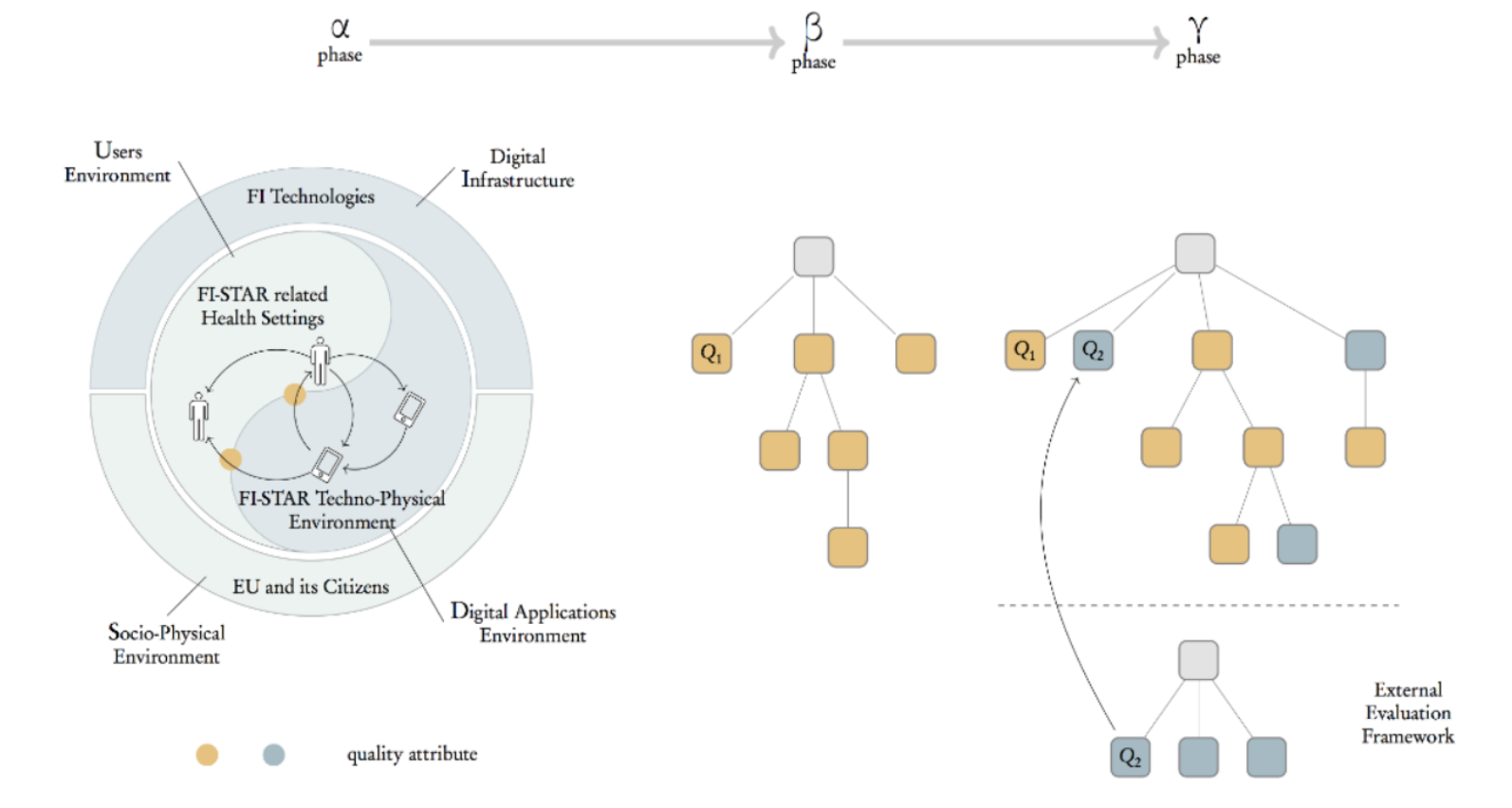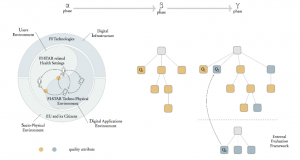
Evaluating Health Information Systems Using Ontologies
- Post by: Tobias Larsson
- 16th June 2016
- No Comment
ABSTRACT
Background: There are several frameworks that attempt to address the challenges of evaluation of health information systems by offering models, methods, and guidelines about what to evaluate, how to evaluate, and how to report the evaluation results. Model-based evaluation frameworks usually suggest universally applicable evaluation aspects but do not consider case-specific aspects. On the other hand, evaluation frameworks that are case specific, by eliciting user requirements, limit their output to the evaluation aspects suggested by the users in the early phases of system development. In addition, these case-specific approaches extract different sets of evaluation aspects from each case, making it challenging to collectively compare, unify, or aggregate the evaluation of a set of heterogeneous health information systems.
Objectives: The aim of this paper is to find a method capable of suggesting evaluation aspects for a set of one or more health information systems—whether similar or heterogeneous—by organizing, unifying, and aggregating the quality attributes extracted from those systems and from an external evaluation framework.
Methods: On the basis of the available literature in semantic networks and ontologies, a method (called Unified eValuation using Ontology; UVON) was developed that can organize, unify, and aggregate the quality attributes of several health information systems into a tree-style ontology structure. The method was extended to integrate its generated ontology with the evaluation aspects suggested by model-based evaluation frameworks. An approach was developed to extract evaluation aspects from the ontology that also considers evaluation case practicalities such as the maximum number of evaluation aspects to be measured or their required degree of specificity. The method was applied and tested in Future Internet Social and Technological Alignment Research (FI-STAR), a project of 7 cloud-based eHealth applications that were developed and deployed across European Union countries.
Results: The relevance of the evaluation aspects created by the UVON method for the FI-STAR project was validated by the corresponding stakeholders of each case. These evaluation aspects were extracted from a UVON-generated ontology structure that reflects both the internally declared required quality attributes in the 7 eHealth applications of the FI-STAR project and the evaluation aspects recommended by the Model for ASsessment of Telemedicine applications (MAST) evaluation framework. The extracted evaluation aspects were used to create questionnaires (for the corresponding patients and health professionals) to evaluate each individual case and the whole of the FI-STAR project.
Conclusions: The UVON method can provide a relevant set of evaluation aspects for a heterogeneous set of health information systems by organizing, unifying, and aggregating the quality attributes through ontological structures. Those quality attributes can be either suggested by evaluation models or elicited from the stakeholders of those systems in the form of system requirements. The method continues to be systematic, context sensitive, and relevant across a heterogeneous set of health information systems.
KEYWORDS
health information systems; ontologies; evaluation; technology assessment; biomedical
CITATION
DOWNLOAD
http://urn.kb.se/resolve?urn=urn:nbn:se:bth-12114
INFORMATION
A journal paper published in JMIR Medical Informatics (impact factor 4.532) in collaboration between BTH Department of Health Science, Department of Mechanical Engineering, and Software Engineering Research Laboratory, and Centre for Requirements Engineering (CeRE), i4DS, University of Applied Sciences and Arts Northwestern Switzerland, Windisch, Switzerland.

